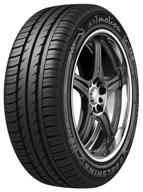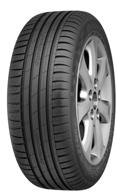
Review on Bridgestone Dueler A/T 001 245/65 R17 111T summer by Wiktor Getka ᠌

Everything in the purchase suits, a very necessary product.
The high profile makes it feel like the rubber is rearranged outside the turn when driving rapidly (without slipping, of course, because the profile is overstepped). Therefore, a few additional degrees of steering wheel rotation are necessary. However, I rapidly adjusted and stopped caring. The Continental ATR, in comparison, is 70 percent asphalt and 30 percent country roads; this one is a 50/50 split. The ratio and noise reduction of the Continental were a better fit for me, but I was unable to locate any in stock. However, it is discussed in print that, around zero, the state transforms into a "plastic" one. After numerous cold spells and a test drive on wet mud and deep puddles (I was almost trapped, and in the summer without chains on Forik, I would be stuck there), I decided that Bridgestone was the better option for me. One advantage is that it can be used earlier than other summer tires and replaced with spikes later. But mind the ice!
- Who is too sluggish to read a lot: this is a terrific alternative for those who live in the country during the summer or who routinely travel on muddy or dirt roads. Specification: Forester 2.0 150 horsepower, pre-road tires. There was a lot more assurance when driving in the muck. And you can drive much more safely, without endangering a road that is already in poor condition. It's significantly more assured than on road tires between 0 and 8 (it doesn't turn oak like standard summer tires). Considering that, asphalt is typical. I used to confidently pass most C-class station wagons and take turns at a somewhat higher rate of speed than I do now.
- It's not a permanent occurrence. I was able to ride on a crust of ice after changing shoes and experiencing frosts. On the other hand, while I was riding smoothly and neatly on a snow spike, I knew exactly what was occurring. My average consumption with summer road tires was 9.0 gallons. A 9.5-liter bottle in the cold. In light of this, 9.6 out of 100. Depending on the pace and coverage, this one has a noise level anywhere from 2.5 to 8, with 1 being the summer one and 10 being the winter one. When traveling between 80 and 90 kilometers per hour on a grader equipped with ASG and smooth asphalt, the noise level is about 2.5 on an imaginary scale. About 8 (not much quieter than spikes) at 115 km/h on fairly huge asphalt.
New products
Comments (0)
Top products in 🚗 Mud Flaps & Splash Guards
Another interesting products
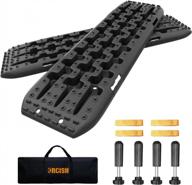
4WD ORCISH Recovery Traction Boards Tracks Tire Ladder For Sand Snow Mud - Set Of 2 (2Nd Gen Bag + Mounting Pins, Black)

39 Review
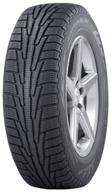
Nokian Tires Nordman RS2 SUV 225/60 R18 104R winter

32 Review

ORCISH 12V 13000-lb Load Capacity Electric Truck Winch Kit 🚚 with Synthetic Rope - Waterproof Off Road Winch for Jeep, Truck, SUV

35 Review
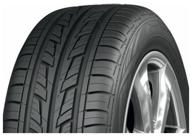
Cordiant Road Runner 195/65 R15 91H summer

24 Review


